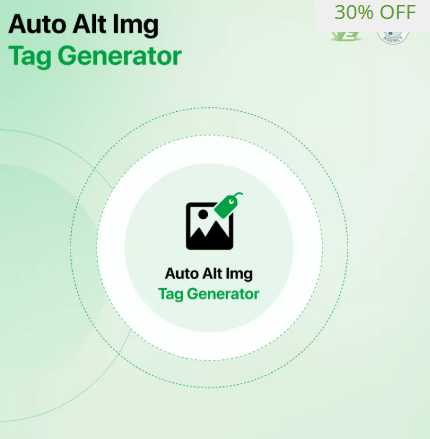How SEO Alt Tags in PrestaShop Can Boost Your Store’s Ranking

In today’s competitive e-commerce landscape, every little edge counts to make your online store stand out in search engine results. One of the simplest yet most effective ways to improve your store’s ranking is through optimizing image alt tags. For PrestaShop users, mastering SEO Alt Tags Prestashop is key to enhancing visibility, accessibility, and ultimately, sales.
This post explores how SEO-friendly alt tags in PrestaShop help boost your search ranking and offers practical tips to get the most out of this often overlooked SEO element.
What Are Alt Tags and Why Are They Important?
Alt tags, also called alternative text, are descriptions embedded in your website’s HTML that explain what an image depicts. Search engines can’t “see” images but can read these tags to understand content context. Alt tags also support users with visual impairments who rely on screen readers.
Optimizing these tags benefits SEO by:
-
Helping search engines index your images properly
-
Improving keyword relevance on your pages
-
Enhancing user experience and accessibility
-
Increasing chances of appearing in Google Images search results
The Role of SEO Alt Tags in PrestaShop Store Ranking
PrestaShop stores typically have numerous product images, banners, and icons. Each image with a well-crafted alt tag adds semantic value to the page. This cumulative effect helps search engines grasp what your page is about, boosting its relevance for related search queries.
In the mobile-first era, alt tags become even more crucial since:
-
Mobile search results often show fewer words, making every SEO signal count
-
Faster loading, optimized images with descriptive alt text improve rankings
-
Accessibility features are increasingly weighted in search algorithms
How to Optimize SEO Alt Tags in PrestaShop
1. Use Descriptive, Keyword-Rich Text
Incorporate relevant keywords naturally within the alt tag, describing the image accurately. For example, if selling “blue leather handbags,” an effective alt tag would be:
-
“Blue leather handbag with adjustable strap”
This helps Google associate your page with relevant search terms.
2. Avoid Keyword Stuffing
Overloading alt tags with keywords can backfire. Keep descriptions user-friendly and straightforward to maintain a positive SEO impact.
3. Add Alt Tags to All Images
Don’t forget banners, icons, and decorative images where appropriate. Every image is an opportunity to add context and SEO value.
4. Use PrestaShop’s Image Settings
Edit alt tags directly in PrestaShop’s admin panel under:
-
Catalog > Products > Images
-
Click each image to add or modify the alt text field
This ensures alt tags are managed efficiently.
Benefits Beyond SEO: Accessibility and User Experience
Alt tags improve accessibility for users relying on screen readers, making your store more inclusive. An accessible website can improve customer loyalty and brand reputation—factors that indirectly support SEO.
Tools to Audit and Improve SEO Alt Tags
Regularly audit your site’s alt tags using:
-
Google Search Console
-
SEO crawlers like Screaming Frog or Ahrefs
-
Accessibility checkers
These tools help identify missing or duplicate alt tags, so you can maintain consistent SEO quality.
Conclusion
Optimizing SEO Alt Tags Prestashop is a foundational yet often underestimated SEO tactic. By providing clear, relevant descriptions for all images on your site, you enhance search engine understanding, improve mobile search performance, and create a better experience for all users.
In the competitive world of e-commerce, don’t overlook the power of alt tags to boost your PrestaShop store’s ranking and visibility.
- Art
- Causes
- Crafts
- Dance
- Drinks
- Film
- Fitness
- Food
- Games
- Gardening
- Health
- Home
- Literature
- Music
- Networking
- Other
- Party
- Religion
- Shopping
- Sports
- Theater
- Wellness


